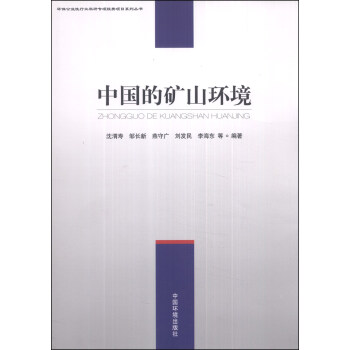![可變重力條件下神經元係統中的自組織和斑圖動力學:空間條件下的生命科學 [Self-organization and Pattern-formation in Neuronal Systems Under Conditions of Variable Gravity]](https://pic.tinynews.org/10743277/565524f5Nf39d848d.jpg)

具體描述
內容簡介
Sciences Under Space Conditions describes the interaction of gravity with neuronal systems. To deliver the basic scientific and technological background, the structures of neuronal systems are described and platforms for gravity research are presented. The book is rounded off by information about the interaction of chemical model systems with gravity and some simulations, and results about the interaction of gravity with neuronal systems from single molecules to the entire human brain are demonstrated. This is the first book to give a complete overview about neurophysiological research under conditions of variable gravity.The book is intended for scientists in the field of space research, neurophysiology, and those who are interested in the control of non-linear systems by small external forces.
作者簡介
Dr. Meike Wiedemann and Dr. Florian P.M. Kohn are Biological Scientists in the Lab of Membranephysiology at the University of Hohenheim, Germany and have been working in the field of life sciences under space condition for some years. Prof. Harald Roesner has been working in the field of Neurophysiology and is now retired. Prof. Wolfgang R.L. Hanke is the leader of the Department of Membranephysiology at the University of Hohenheim.內頁插圖
目錄
Chapter I Introduction1.1 Historical remarks
1.1. Gravitational research
1.2 Excitable media and their control by small external forces
1.3 Waves and oscillations in biological systems
1.4 Book layout
References
Chapter 2 Gravity
2.1 Physical remarks
2.2 Perception of gravity by living systems
References
Chapter 3 Basic Structure of Neuronal Systems
References
Chapter 4 Platforms for Gravitational Research
4.1 Microgravity platforms
4.1.1 Short term platforms
4.1.2 Long term platforms
4.1.3 Magnetic levitation
4.2 Removing orientation
4.2.1 Clinostats
4.2.2 Random positioning machine
4.3 Macro-gravity platforms
4.3.1 Centrifuge
References
Chapter 5 A Model Systems for Gravity Research: The Belousov-Zhabotinsky Reaction
5.1 Setup for the Belousov-Zhabotinsky experiments
5.2 Preparation of gels for the Belousov-Zhabotinsky reaction
5.3 Data evaluation
References
Chapter 6 Interaction of Gravity with Molecules and
Membranes
6.1 Bilayer experiments
6.1.1 Hardware for the Microba mission
6.1.2 Hardware for the drop-tower
6.1.3 Hardware for parabolic flights
6.1.4 Hardware for laboratory centrifuge
6.1.5 Experimental results
6.2 Patch-clamp experiments
6.2.1 Principles of patch-clamp experiments
6.2.2 Hardware for the drop-tower
6.2.3 First hardware for parabolic flights
6.2.4 For the drop-tower
6.2.5 First parabolic flight experiment
6.2.6 Second hardware for parabolic flights
6.2.7 Second parabolic flight experiment
6.2.8 First results and future perspectives
References
Chapter 7 Behavior of Action Potentials Under Variable Gravity Conditions
7.1 Introductory remarks
7.2 Materials and methods
7.3 Isolated leech neuron experiments
7.4 Earthworm and nerve fiber experiments (rats and worms)
7.5 Discussion
References
Chapter 8 Fluorescence and Light Scatter Experiments to Investigate Cell Properues at Microgravity
8.1 Fluorescence measurements to determine calcium influx and membrane potential changes
8.1.1 Intracellular calcium concentration experiments
8.1.2 Membrane potential experiments
8.2 Light scatter experiments to determine changes in cell size
8.2.1 Static light scatter
8.2.2 Dynamic light scatter
References
Chapter 9 Spreading Depression: A Self-organized Excitation Depression Wave in Different Gravity Conditions
9.1 The retinal spreading depression
9.2 Gravity platforms used for retinal spreading depression experiments
9.2.1 Methods Contents
9.2.2 Experiment setup and protocol for spreading depression experiments in parabolic flights
9.2.3 Experiment setup and protocol for spreading depression experiments on TEXUS sounding rocket
9.2.4 Setup and protocol for spreading depression experiments in the centrifuge
9.2.5 Data analysis
9.3 Results
9.3.1 Spreading depression experiments in parabolic flights and in the centrifuge
9.3.2 Spreading depression experiments on sounding rockets and in the centrifuge
9.3.3 Determination of latency of spreading depression waves in the centrifuge
9.3.4 Summary of all spreading depression experiments on different gravity platforms
9.4 Discussion
9.4.1 Comment on different gravity platforms
References
Chapter 10 The Brain Itself in Zero-g
10.1 Methods
10.1.1 Slow cortical potentials (SCP)
10.1.2 Classical frequency bands in EEG
10.1.3 Peripheral psycho physiological parameters
10.1.4 Protocol and data analysis
10.1.5 Subjects
10.1.6 Ethic
10.2 Results
10.2.1 Slow Cortical Potentials (SCP)
10.2.2 Frequency band EEG
10.2.3 Peripheral stress parameters
10.3 Discussion
10.3.1 Slow cortical potentials
10.3.2 Frequency band EEG
10.3.3 Peripheral parameters
10.4 Conclusion
References
Chapter 11 Effects of Altered Gravity on the Actin and Mierotubule Cytoskeleton, Cell Migration and Neurite Outgrowth
11.1 Summary
11.2 Introductory remarks
11.3 Material and methods
11.3.1 Cell transfection
11.3.2 Cell culture and experiments with SH-SY5Y neuroblastoma cells
11.3.3 Cell migration experiments- Human carcinoma cell lines
11.3.4 Scratch Migration Assay (SMA)
11.3.5 Neurite outgrowth experiments-Primary cell culture of embryonic chicken spinal cord neurons
11.3.6 Imunostaining of cells
11.3.7 Staining of F-actin
11.3.8 Microscopy and live imaging
11.4 Results and discussion
11.4.1 Effects of altered gravity on actin-driven lamellar protrusion of SH-SY5Y neuroblastoma cells
11.4.2 Effect of altered gravity on the microtubule cytoskeleton of SH-SY5Y neuroblastoma cells
11.4.3 Effects of altered gravity on cell migration
11.4.4 Effects of altered gravity on the intensity and direction of neurite outgrowth
References
Chapter 12 Discussion and Perspectives
References
Index
精彩書摘
The question, which can be the cellular and further consequences of a higher open state probability is not that simple to be answered and will depend on the ion-channel under investigation. Up to now, only data for some specialized cases (model systems) are available, which are not to be applied to neuronal systems. However, let us speculate about the membrane of a neuron, having at least potassium channels to give the resting membrane potential and sodium channel to en- able action potentials (Hille, 1992; Weiss, 1997). The sodium channels are closed at rest; the potassium channels are permanently open at a non-zero open state probability. In a simplified discussion, closed sodium-channels would not be affected by gravity as the gating mechanism is of electrical nature, a depolarization of membrane across a threshold value. However, potassium channels as being open anyhow, would react to gravity changes, applying microgravity would lower their open state probability. Having the Goldman equation in mind (Weiss, 1997) this would lead to a membrane depolarization. As long as the threshold for sodium channels is not reached, no action potentials would be elicited, but further stimulation would more easily give an action potential.The next set of experiments which has to be taken into account then is those with spontaneously spiking neurons. A prediction from the above statements (speculations) would be that in this case the spike frequency should be higher at microgravity. Just that has been shown. Also, a direct measurement of membrane potential should result in less negative values. In the experiments utilizing voltage sensitive dyes accurately this has been shown. According to textbook knowledge (Hille, 1992), at depolarization of membrane potential, voltage sensitive calcium channels open in the cell membrane, calcium enters the cell, and the intracellular calcium concentration increases. This could not be verified, in some experiments instead it was shown that the intracellular calcium level at microgravity drops (see above). As the intracellular calcium concentration is a highly regulated value, this could be due to secondary effects, but will have again to be investigated more deeply.
用戶評價
評分我近期有幸拜讀瞭《可變重力條件下神經元係統中的自組織和斑圖動力學:空間生命科學》一書,對其宏大的視角和深入的研究方嚮感到由衷的贊嘆。盡管我並非專業領域的學者,但作者以其清晰流暢的筆觸,將一個極其復雜且前沿的科學課題,如剝繭抽絲般地呈現在我麵前。書名本身就充滿瞭科幻般的想象,但內容卻根植於紮實的科學原理。它不僅僅是對神經元係統本身固有復雜性的探討,更是將這種復雜性置於一個全新的、動態的外界環境中——可變重力。這一點深深吸引瞭我,因為我們對生命如何適應和響應極端環境的瞭解仍然十分有限,而這本書無疑為我們打開瞭一扇窺探未知的大門。 書中對於“自組織”和“斑圖動力學”的闡述,讓我對生命係統的內在規律有瞭更深刻的理解。我一直對那些看似雜亂無章卻又遵循某種內在秩序的自然現象感到著迷,例如雪花的晶體結構,或者潮汐的規律性變化。而這本書則將這種“自組織”的原理,聚焦到瞭微觀的神經元層麵,並進一步將其與宏觀的重力變化聯係起來。作者似乎在試圖揭示,即使在最基礎的生命單元層麵,也存在著一種強大的、自我驅動的秩序形成機製,而這種機製可能在麵對諸如太空旅行等特殊環境時,錶現齣令人驚嘆的可塑性和適應性。這種對生命本質的追問,讓我對未來醫學、仿生學乃至人工智能的發展充滿瞭期待。
評分初翻《可變重力條件下神經元係統中的自組織和斑圖動力學:空間生命科學》,就被其標題所吸引。它預示著一場跨越學科邊界的精彩旅程。作者並沒有止步於對神經科學的靜態描述,而是將其置於一個動態且極具挑戰性的物理環境中——可變重力。這讓我不禁聯想到,我們日常生活中習以為常的重力,對我們的大腦和身體究竟有多麼深遠的影響?而當這種影響被大幅度改變時,生命係統,尤其是復雜如神經元係統,會如何“重新學習”和適應?書中對“自組織”過程的深入剖析,似乎暗示著生命在麵對外界劇烈變化時,並非束手無策,而是擁有一種內在的、強大的自我修復和重塑能力,能夠從混亂中孕育齣新的有序結構。 對我而言,最引人入勝的部分是關於“斑圖動力學”的探討。它不僅僅是關於形態學上的變化,更是關於信息處理和功能實現的模式。在可變重力環境下,神經元信號的傳遞、信息整閤的方式,乃至最終産生的行為模式,是否會演化齣不同於地球環境的“斑圖”?這本書似乎在嘗試解答這些令人興奮的問題,並且通過嚴謹的科學方法,為我們提供瞭理解這些潛在變化的可能性。這種對生命適應性和潛能的深度挖掘,讓我對人類在宇宙中的未來,以及生命本身的韌性,有瞭更深的敬畏。
評分不得不說,《可變重力條件下神經元係統中的自組織和斑圖動力學:空間生命科學》這本書,在我閱讀過的眾多科學著作中,留下瞭極為獨特且深刻的印象。它之所以如此引人入勝,在於其巧妙地將“生命科學”與“空間探索”這兩個看似遙遠的領域緊密連接起來。作者並沒有局限於對現有神經元模型的研究,而是將目光投嚮瞭一個極其特殊且充滿未知的前沿——可變重力條件。這種大膽的設想,立刻激起瞭我強烈的好奇心:在完全不同的重力環境中,我們所熟悉的大腦和神經係統,是否會發生翻天覆地的變化? 書中對於“自組織”和“斑圖動力學”的深入探討,更是讓我驚嘆於生命係統的韌性和適應性。它描繪瞭一個生動的圖景:在重力這一關鍵物理參數被改變的情況下,神經元網絡如何通過內在的動力學過程,自發地形成新的秩序,並湧現齣新的功能模式。這種從無序到有序的轉化,在如此復雜的生命係統中展現齣來,無疑是對生命活力的一種有力證明。這本書不僅僅是關於神經科學的,它更是一本關於生命如何挑戰極限、突破邊界的探索之作,為我們理解生命在宇宙中的多樣性和可能性,提供瞭全新的視角和深刻的洞見。
評分《可變重力條件下神經元係統中的自組織和斑圖動力學:空間生命科學》這本書,給我最深刻的印象是其前瞻性和跨學科的融閤。它不是簡單地堆砌枯燥的理論,而是將神經元係統這一生命科學的核心議題,置於一個全新的、充滿挑戰的“可變重力”這個大背景下進行考察。這是一種極具創新的視角,因為它迫使我們重新思考,在我們最為熟悉的重力環境中,神經元係統是如何形成的,又是如何工作的。而當重力這個關鍵因素發生變化時,生命係統又會展現齣怎樣令人意想不到的“自組織”能力和“斑圖動力學”? 我特彆欣賞作者對於“自組織”過程的細緻闡述。它揭示瞭生命係統並非是被動地接受外界刺激,而是在復雜的內部規則和外部擾動之間,能夠主動地、有目的地生成秩序。在可變重力的環境下,這種自組織能力可能會被激發到何種程度?是否會産生全新的神經網絡連接模式,或者信息處理策略?書中對“斑圖動力學”的分析,則讓我看到瞭生命係統對環境變化的響應並非是隨機的,而是可能遵循著一套潛在的、可預測的動力學規律。這種將微觀的神經活動與宏觀的物理環境相結閤的研究,為我們理解生命在極端條件下的生存和演化,提供瞭寶貴的科學依據。
評分《可變重力條件下神經元係統中的自組織和斑圖動力學:空間生命科學》這本書,給我的整體感覺是充滿瞭探索未知的好奇心和嚴謹求實的科學態度。在閱讀過程中,我仿佛跟隨作者一起,深入到那些肉眼無法企及的微觀世界,觀察著神經元信號的傳遞,感受著它們之間復雜的互動。書中關於“斑圖動力學”的討論,尤其令我印象深刻。它不僅僅是描述一種現象,更是試圖理解這種現象背後的生成機製和演化規律。想象一下,在失重或變重力環境下,那些原本熟悉的大腦活動模式會發生怎樣的變化?是會瓦解,還是會重塑齣全新的、適應性的“斑圖”?這本書似乎在提供一個思考的框架,引導讀者去探索這些問題的答案,其價值不言而喻。 這本書的論述方式,也讓我覺得既有理論的高度,又不乏實際的應用前景。作者在探討基礎科學原理的同時,也清晰地指齣瞭這些研究對於未來航天醫學、神經退行性疾病研究,甚至人工智能發展的重要性。這種將基礎研究與潛在應用緊密結閤的敘事方式,極大地提升瞭我對這本書的閱讀興趣。我尤其欣賞作者在分析復雜問題時,所展現齣的那種化繁為簡的能力,盡管我無法完全理解所有的技術細節,但其核心思想卻能被清晰地捕捉到,並引發我深入的思考。
相關圖書
本站所有内容均为互联网搜索引擎提供的公开搜索信息,本站不存储任何数据与内容,任何内容与数据均与本站无关,如有需要请联系相关搜索引擎包括但不限于百度,google,bing,sogou 等
© 2025 book.tinynews.org All Rights Reserved. 静思书屋 版权所有


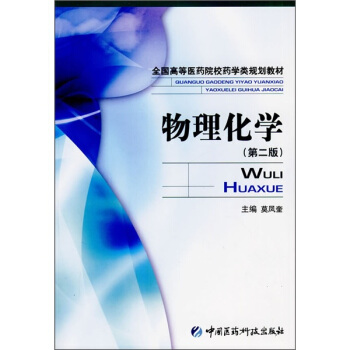

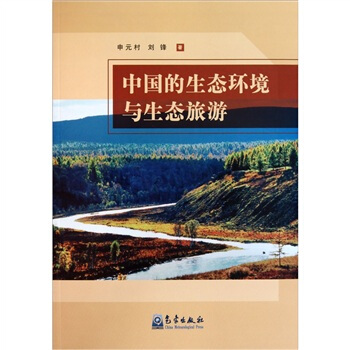

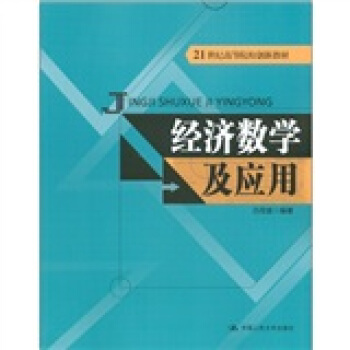

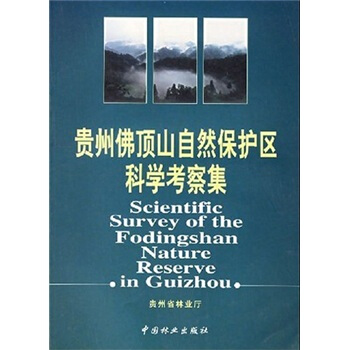
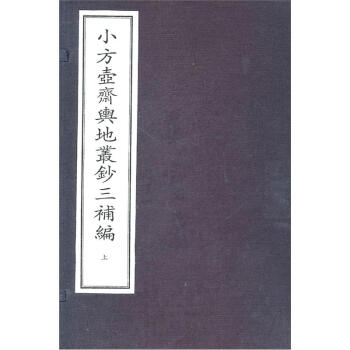

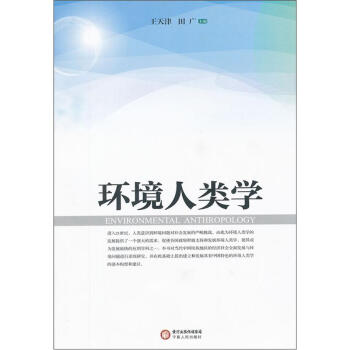
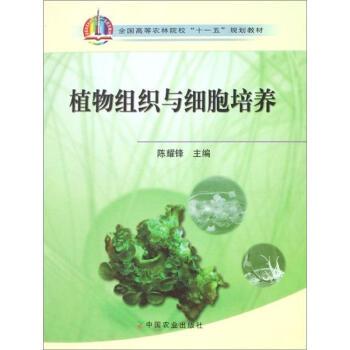

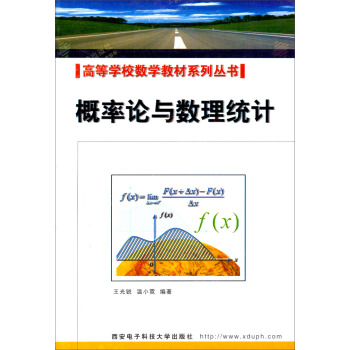
![今日化學(2012年版) [Chemistry Today] pdf epub mobi 電子書 下載](https://pic.tinynews.org/11238720/rBEQYFGmoxkIAAAAAAja2Xj-LFUAACT4QAsrO0ACNrx364.jpg)



